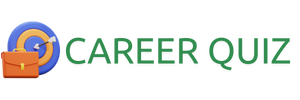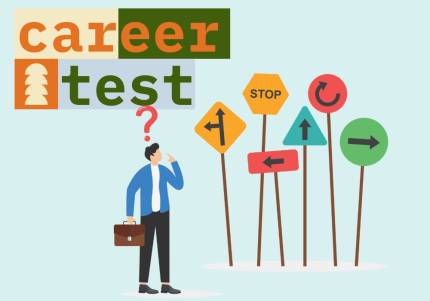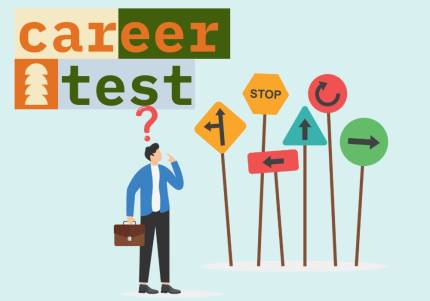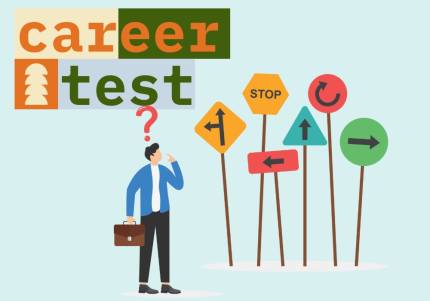Emotional Intelligence (EQ) Tests for Workplace Success
- 14 May 2025
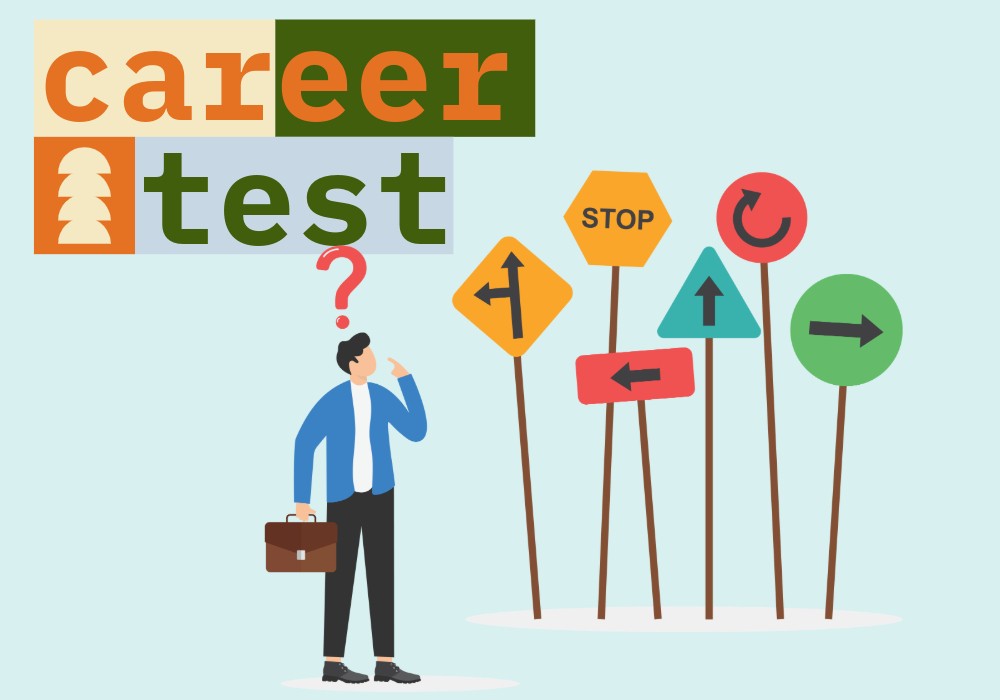
What Is Emotional Intelligence?
Emotional Intelligence (EQ) represents our ability to recognize, understand, and manage our own emotions while skillfully navigating the emotions of others. Unlike IQ, which remains relatively stable throughout life, emotional intelligence can be significantly developed with conscious effort and practice. This malleability makes EQ assessment particularly valuable for professional development initiatives.
In today's complex workplace environments, where collaborative success often outweighs individual achievement, emotional intelligence has emerged as a critical differentiator between average and exceptional performers. Research consistently shows that technical expertise alone rarely propels professionals to leadership positions—it's their emotional competencies that ultimately determine their ceiling.
Popular Emotional Intelligence Assessments
Several well-validated EQ assessments have gained traction in professional settings. The Mayer-Salovey-Caruso Emotional Intelligence Test (MSCEIT) measures EQ as an ability, assessing how effectively individuals solve emotional problems. The Emotional Quotient Inventory (EQ-i 2.0) approaches emotional intelligence as a set of self-reported traits and competencies across fifteen subscales. Meanwhile, the Genos Emotional Intelligence Assessment specifically targets workplace applications with its focus on emotionally intelligent behaviors rather than internal capacities.
Each assessment offers unique insights, with some providing self-awareness while others incorporate 360-degree feedback from colleagues, supervisors, and direct reports. This multi-rater approach often reveals blind spots in emotional self-perception that self-assessments alone might miss.
Key Components Measured in EQ Tests
- Self-awareness - Recognizing your own emotional states and their impact
- Self-regulation - Managing disruptive emotions and adapting to changing circumstances
- Motivation - Harnessing emotions to achieve goals despite setbacks
- Empathy - Sensing and responding appropriately to others' emotions
- Social skills - Building relationships and navigating social networks effectively
EQ Testing Benefits for Organizations
Companies implementing EQ assessments report significant improvements across multiple performance metrics. Teams led by emotionally intelligent managers typically demonstrate higher productivity, lower turnover rates, and greater innovation capacity. These leaders excel at creating psychological safety—an environment where team members feel comfortable taking risks and expressing divergent viewpoints without fear of retribution.
Human resource departments increasingly incorporate EQ testing into their talent acquisition strategies, recognizing that emotional intelligence predicts job performance more accurately than traditional interviews or technical assessments alone. This is particularly true for positions requiring significant interpersonal interaction, conflict resolution, or change management capabilities.
Organizational Applications of EQ Testing
| Application Area | Benefits |
|---|---|
| Leadership Development | Identifies specific emotional competencies requiring development in high-potential employees |
| Team Building | Reveals emotional strengths and weaknesses across team composition |
| Conflict Resolution | Provides framework for addressing interpersonal tensions constructively |
| Change Management | Helps identify emotional barriers to organizational transitions |
| Hiring Decisions | Supplements technical assessments with emotional competency screening |
Individual Benefits of EQ Assessment
For individuals, emotional intelligence testing offers a structured framework for professional development. Many professionals discover that their technical capabilities have carried them to a certain point in their careers, but further advancement requires emotional competencies they haven't consciously developed. EQ assessments highlight specific areas for growth, whether that's managing frustration during high-pressure situations, reading nonverbal cues more accurately, or delivering difficult feedback more effectively.
Career transitions particularly benefit from emotional intelligence insights. Professionals moving from individual contributor roles to management positions often struggle with the emotional demands of leadership. EQ assessments can identify potential derailment factors before they manifest as performance issues, allowing proactive development of necessary competencies.
Implementing EQ Development Programs
Effective emotional intelligence development extends beyond one-time assessment. Organizations seeing the greatest return on investment implement comprehensive programs that include initial assessment, targeted development activities, ongoing coaching, and reassessment at regular intervals. These programs recognize that emotional intelligence development requires sustained effort and reinforcement.
Structured development typically combines self-directed learning with experiential practice opportunities. Role-playing exercises, reflection journals, mindfulness practices, and feedback sessions all contribute to emotional competency growth. The most successful programs customize development plans based on individual assessment results rather than taking a one-size-fits-all approach.
The Future of EQ in the Workplace
As artificial intelligence increasingly automates technical aspects of work, emotional intelligence becomes even more valuable as a distinctly human capability. The jobs least threatened by automation typically require high levels of emotional competence—creative collaboration, ethical decision-making, inspiring leadership, and relationship building.
Organizations that systematically develop emotional intelligence across their workforce position themselves advantageously for this future. By creating cultures where emotional competencies are valued alongside technical skills, they build adaptable teams capable of navigating uncertainty and complexity with resilience and creativity.
